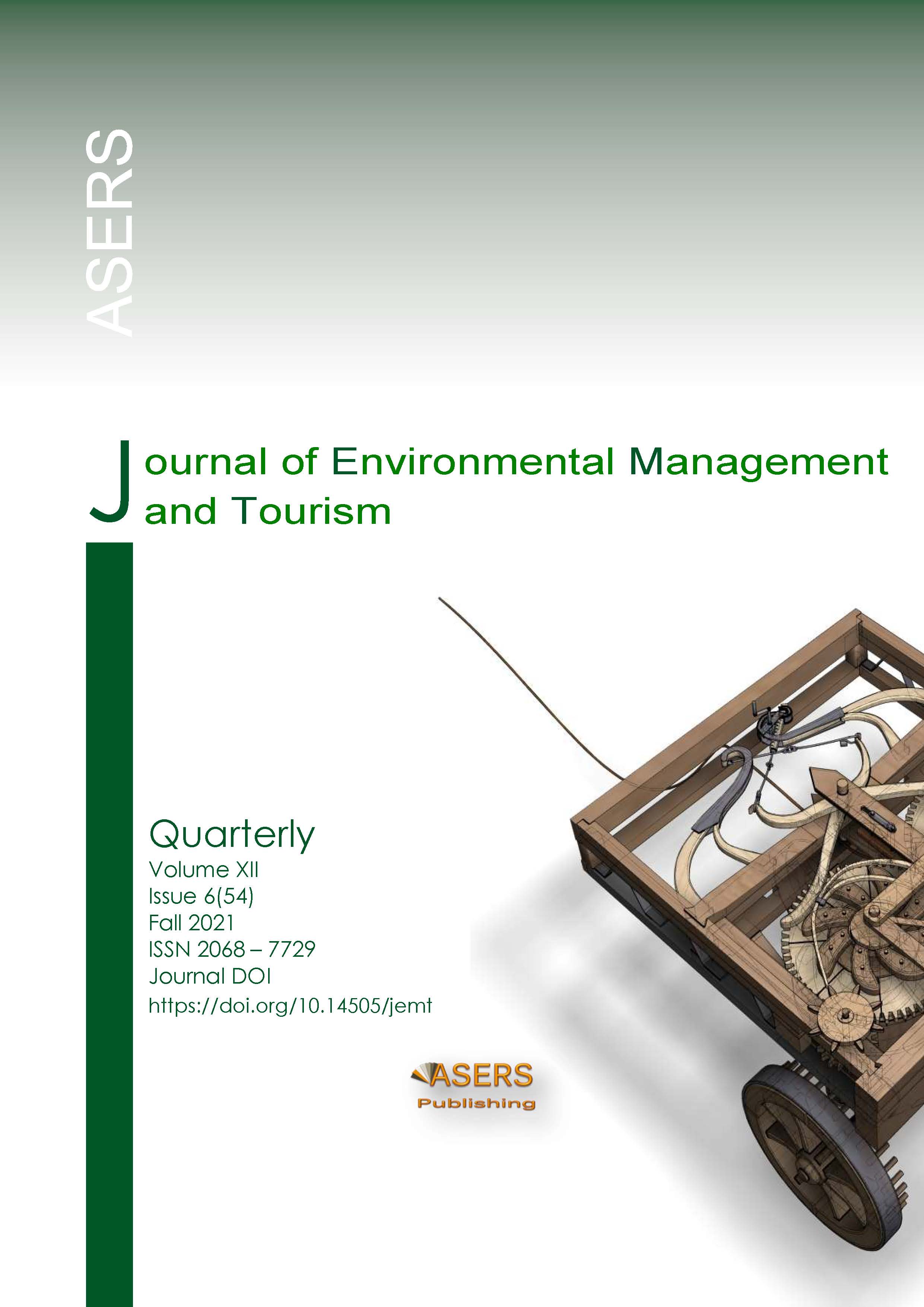Sustainable Development of the Coastal Environment through Participatory Mapping of Abrasion-Prone Areas
Sustainable Development of the Coastal Environment through Participatory Mapping of Abrasion-Prone Areas
Author(s): Nur Hamid, Dewi Liesnoor Setyowati, J. Juhadi, Agustinus Sugeng Priyanto, S. Suswanti, Muh. Arif Royyani, Elvara Norma AroyandiniSubject(s): Economy, Business Economy / Management, Energy and Environmental Studies
Published by: ASERS Publishing
Keywords: sustainable development; coastal environment; participatory mapping;
Summary/Abstract: Indonesia is one of the countries with the longest coastline, so Indonesia has many coastal areas with all its natural resources. However, these natural resources are starting to be disturbed due to abrasion. Abrasion is known not only to occur due to natural factors but also human behavior factors. Therefore, abrasion in Kragan District, Rembang Regency must be handled immediately through participatory mapping involving the community. Research with qualitative and quantitative approaches through questionnaires, interviews, observation, and FGD techniques was conducted to collect data. The results showed that participatory mapping was effective in increasing community capacity. In addition, participatory mapping also produces a map of the hazard to abrasion, which is one of the considerations for policymakers in making decisions regarding the handling of abrasion. Community capacity and the resulting map is a provision for the community to handle abrasion properly, so it is hoped that the chances of a sustainable coastal area will be even greater.
Journal: Journal of Environmental Management and Tourism (JEMT)
- Issue Year: XII/2021
- Issue No: 7(55)
- Page Range: 1997-2010
- Page Count: 14
- Language: English
- Content File-PDF

